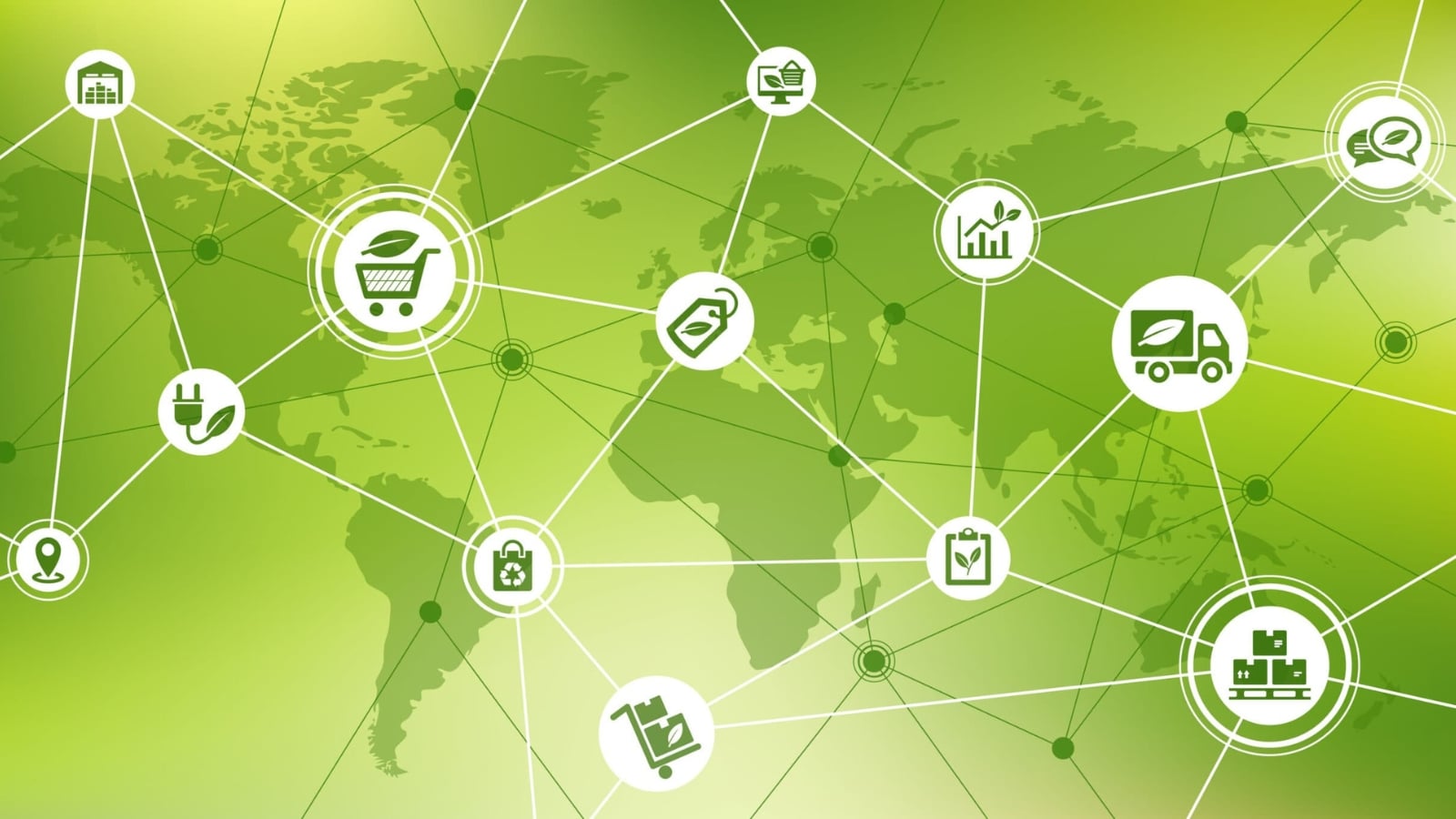
Planning with supply chain sustainability in mind delivers on the triple bottom line: people, profits, and the planet. Here are five elements to consider when designing a sustainable supply chain.
Published by
Published on
August 23, 2023





This post originally appeared in Inbound Logistics.Best-in-class organizations understand that sustainability drives long-term value for whatever form it takes within a business. Environmental, social, and governance (ESG) metrics are often used to determine how ethical and sustainable an organization is. Companies that deliver high ESG ratings consistently outperform the market in both the medium and long term, according to McKinsey research.Companies are realizing that reducing greenhouse gas emissions can also help uncover hidden cost savings throughout the supply chain. A growing number of supply chain leaders are beginning to quantify sustainability metrics as part of strategic supply chain design decisions.Planning with supply chain sustainability in mind delivers on the triple bottom line: people, profits, and the planet. Here are five elements to consider when designing a sustainable supply chain:
The most common place companies start on their sustainability journey is by measuring and reducing carbon emissions. This element of sustainability is quantifiable across several supply chain processes—production, shipping, warehousing, and general operations.
Best-in-class organizations are also evaluating their use of critical resources such as water, aluminum, steel, copper, and other commodities that for so long were considered unlimited in supply.Supply chain design teams should be working with product design and manufacturing to quantify key resources used—beyond traditional bill of material items—and develop strategies to reduce, reuse, or find alternatives that are more sustainable.Read Full Post in Inbound Logistics
This post originally appeared in Inbound Logistics.Best-in-class organizations understand that sustainability drives long-term value for whatever form it takes within a business. Environmental, social, and governance (ESG) metrics are often used to determine how ethical and sustainable an organization is. Companies that deliver high ESG ratings consistently outperform the market in both the medium and long term, according to McKinsey research.Companies are realizing that reducing greenhouse gas emissions can also help uncover hidden cost savings throughout the supply chain. A growing number of supply chain leaders are beginning to quantify sustainability metrics as part of strategic supply chain design decisions.Planning with supply chain sustainability in mind delivers on the triple bottom line: people, profits, and the planet. Here are five elements to consider when designing a sustainable supply chain:
The most common place companies start on their sustainability journey is by measuring and reducing carbon emissions. This element of sustainability is quantifiable across several supply chain processes—production, shipping, warehousing, and general operations.
Best-in-class organizations are also evaluating their use of critical resources such as water, aluminum, steel, copper, and other commodities that for so long were considered unlimited in supply.Supply chain design teams should be working with product design and manufacturing to quantify key resources used—beyond traditional bill of material items—and develop strategies to reduce, reuse, or find alternatives that are more sustainable.Read Full Post in Inbound Logistics
Fill out the form to unlock the full content

